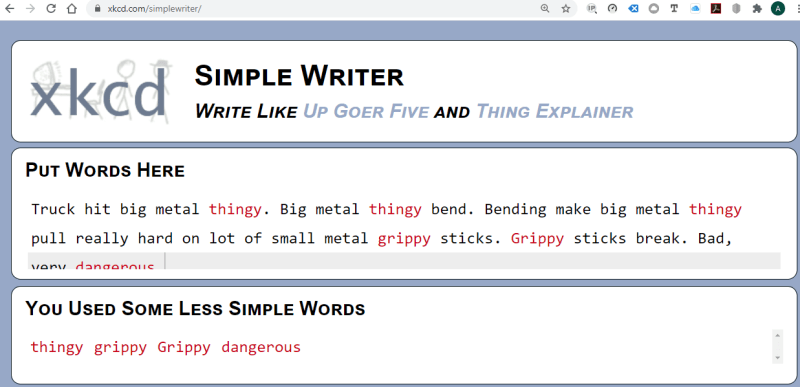Agent666
Structural
- Jul 2, 2008
- 3,080
A couple of days ago in freak wind gust (120km/hr reported) a truck tipped over and hit one of the diagonal struts on the Auckland Harbour Bridge shearing off the bolts and causing structural damage to the strut.
Another truck was tipped over onto the median barrier.
They closed the centre 4 lanes, effectively going from 5 peak hour lanes to 2. Bridge is the only harbour crossing to the north shore of Auckland.
Several weeks to fix permanently apparently, a temporary fix was done last night. Which as I understand it will enable an additional lane to open each way.
Traffic has been a nightmare! 3 times longer journey times if you're trying to cross or go the long way round.
Another truck was tipped over onto the median barrier.
They closed the centre 4 lanes, effectively going from 5 peak hour lanes to 2. Bridge is the only harbour crossing to the north shore of Auckland.
Several weeks to fix permanently apparently, a temporary fix was done last night. Which as I understand it will enable an additional lane to open each way.
Traffic has been a nightmare! 3 times longer journey times if you're trying to cross or go the long way round.


